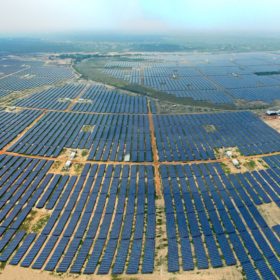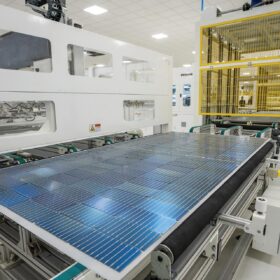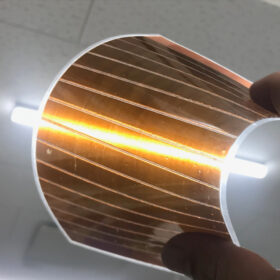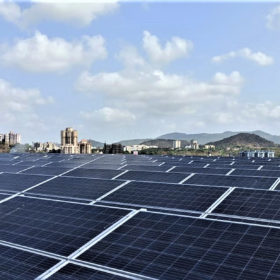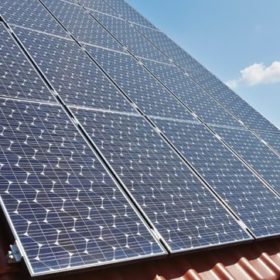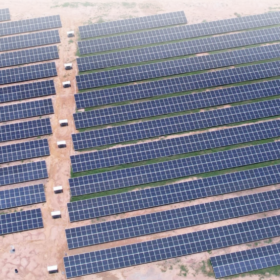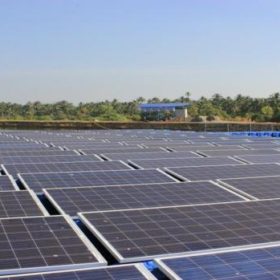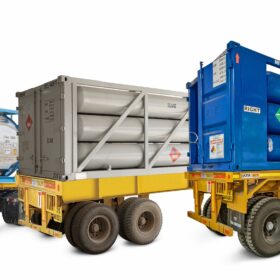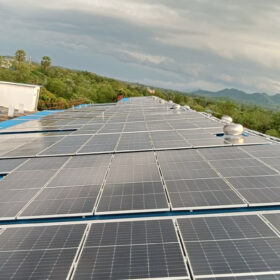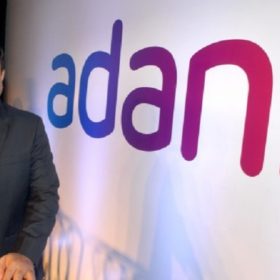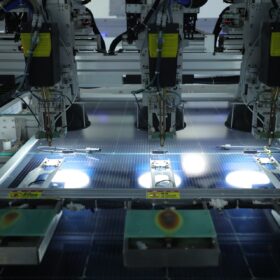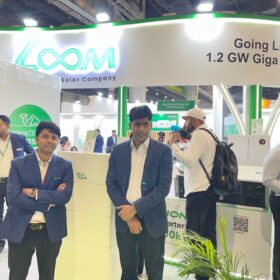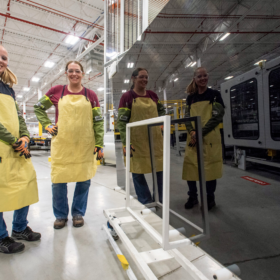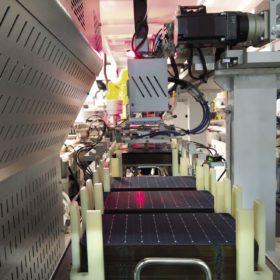Adani Green Energy sets up step-down subsidiary
Adani Hydro Energy One Ltd will be engaged in generation and transmission of power from renewable sources like wind and solar.
Grew, Jakson, Jupiter Renewables, and Saatvik to set up solar factories in Odisha
The state government of Odisha has approved solar manufacturing investments by Grew, Jakson, Jupiter Renewables, and Saatvik.
Japan aims to deploy 20 GW of perovskite solar by 2040
The Japanese government says it expects perovskite solar modules to be produced in large quantities at JPY 20 ($0.13)/W by 2025, JPY 14/W by 2030, and JPY 10/W by 2040.
C&I offsite solar installations soar to 4.8 GW in 9M 2024
Open access (offsite) solar installations in the first nine months (9M) of calendar year 2024 were almost 69% up compared to 2.8 GW installed in 9M 2023.
Servotech secures 5.6 MW on-grid rooftop solar order from UREDA
Servotech Power Systems has secured the order to deploy rooftop solar plants in sizes of 1 kW-1,500 kW, aggregating to 5.6 MW, at government offices, colleges, buildings, hospitals and institutions across the state.
Waaree Renewable secures EPC contract for more than 2 GW solar capacity
Waaree Renewable Technologies has secured the engineering, procurement and construction (EPC) work of a 2,012.47 MWp DC ground-mount solar PV project.
NTPC switches on 55 MW of Shajapur Solar Project in Madhya Pradesh
NTPC Renewable Energy Ltd has commissioned 55 MW out of its 105 MW Shajapur solar project in Madhya Pradesh.
INOXAP commences electronic specialty gas supply to ReNew’s solar cell facility at Dholera
Under a long-term contract, INOXAP will ensure a seamless and reliable supply of key electronic gases such as nitrous oxide, ammonia, and silane to ReNew Photovoltaics’ first solar PV cell manufacturing facility at Dholera, Gujarat.
India added 20 GW solar in twelve months ending October
A strong pipeline exists, and SBICAPS expects cumulative 50 GW of solar and wind additions in FY 2025 and FY 2026.
No FCPA violation charges against directors, clarifies Adani Green Energy
Adani Green Energy Ltd has clarified that its directors, namely, Gautam Adani, Sagar Adani and Vneet Jaain have not been charged with violations of the U.S. Foreign Corrupt Practices Act (FCPA) in the indictment by US prosecutors in an alleged solar-related bribery case.
